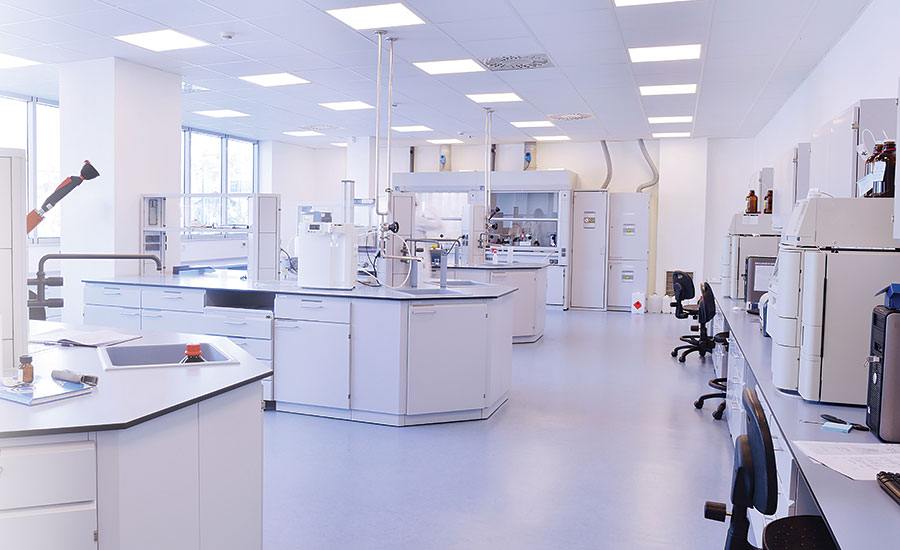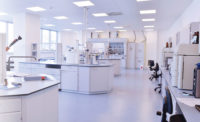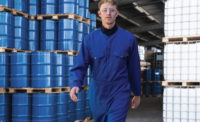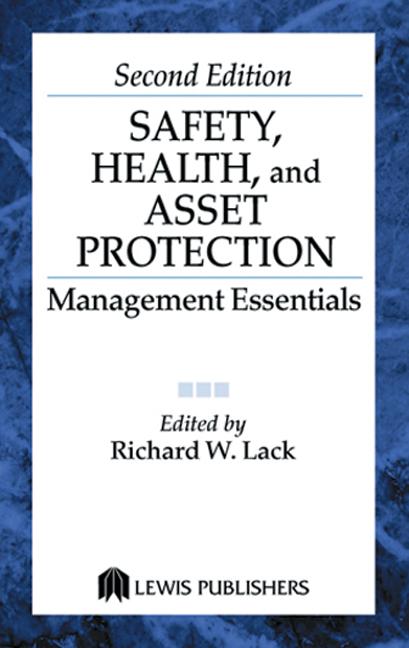New lab garments combine FR and chemical splash protection

Safety and health professionals in a wide variety of industries use a hierarchy of controls to mitigate workplace hazards. It begins with a culture of safety. Next come engineering controls and technical solutions, followed by proper work practices. But accidents can still happen. When they do, PPE becomes the worker’s last line of defense.
In the lab setting, PPE can include safety glasses or goggles, breathing masks, gloves, lab coats and beyond. To determine the proper PPE for the job, safety professionals must assess the hazards present in their particular lab, as required by OSHA 1910.132, the standard on general protective equipment requirements.
Fire hazards
For protection against fire hazards, such as arc flash and flash fire, lab workers turn to flame-resistant (FR) lab coats. Unlike non-FR garments, FR clothing self-extinguishes when exposed to short-term thermal hazards. By not igniting and continuing to burn, FR clothing can provides wearers with escape time. Nomex IIIA is a fabric, woven from inherently FR fiber, which is commonly used in FR lab coats due to its lightweight feel and ability to resist degradation from chemical contact.
Another major concern in labs: chemical splashes. Many common liquid chemicals, such as sulfuric acid and hydrochloric acid, can cause serious bodily injury when spilled or splashed. For protection, lab workers have long turned to chemical-resistant aprons. Aprons help to prevent chemicals from penetrating clothing worn underneath, adding an extra layer of safety against corrosive materials.
Modern protection
In the past, lab workers facing thermal and small chemical-splash hazards would need to wear two sets of protection — a chemical-resistant apron over an FR lab coat— to provide protection. This makes for a relatively uncomfortable outfit that restricts a wearer’s range of motion and offers poor breathability — resulting in lab workers not always complying with its use.
New safety garments combine FR protection with chemical-splash protection, which prevents injuries from inadvertent liquid chemical splashes.
When it comes to laboratory safety, a number of things must be implemented to ensure workers stay safe. As important as a safety culture, proper work practices, and engineering controls and technical solutions are in preventing potential accidents, the proper PPE is also an essential component. Laboratory professionals must be aware of the hazards present — combustible or flammable products, corrosive liquid chemicals, etc. — and wear the proper protection for the job.
Looking for a reprint of this article?
From high-res PDFs to custom plaques, order your copy today!






